Pigeon Forge, Tennessee, a mountain resort city near Great Smoky Mountains National Park, is a prominent tourist destination known for its Southern culture and country music appeal. Key attractions include Dollywood and Dollywood's Splash Country, WonderWorks, Alcatraz East Crime Museum, Dolly Parton's Stampede, outlet malls, amusement rides, and musical theaters. With a population of over 6,000, the city provides a wide range of entertainment and shopping options for visitors.
1934: Opening of Great Smoky Mountains National Park
In 1934, when the Great Smoky Mountains National Park opened, the Tennessee Valley Authority reported no tourism-oriented businesses in Pigeon Forge.
1961: Opening of Rebel Railroad
In 1961, shortly after Pigeon Forge incorporated, brothers Grover and Harry Robbins opened Rebel Railroad, a Civil War-themed train ride, in the Middle Creek area.
1964: Rebranding of Rebel Railroad to Goldrush Junction
In 1964, as interest in the Civil War Centennial waned, the Robbins brothers rebranded Rebel Railroad as Goldrush Junction, adopting a "Wild West" theme.
1967: Addition of Log Flume Ride
In 1967, the Robbins brothers added a log flume amusement ride to Goldrush Junction, which was acquired from the New York World's Fair.
1969: Zoning Plan Issued
In 1969, Pigeon Forge issued a zoning plan assigning the entire strip along US-441 for tourism use.
1982: Initiation of Economic Plan and Opening of Factory Merchants
In 1982, Pigeon Forge initiated an aggressive economic plan centered around theme parks, outlet malls, and live music venues, with the first outlet mall, Factory Merchants, opening the same year.
1985: Herschends Partnership with Dolly Parton
In 1985, the Herschends approached Dolly Parton with a proposal for a partnership in the promotion and operation of Silver Dollar City.
1987: Proliferation of Outlet Malls
By 1987, there were four outlet malls in Pigeon Forge, contributing significantly to the town's gross revenue.
1994: Magic World Folds
In 1994, Magic World, a competitor to Silver Dollar City in Pigeon Forge, closed.
1994: Tearing Down of the Butler House
In 1994, the house purchased by Horatio Butler in 1797, which remained with his descendants, was torn down.
2010: Census Data
In 2010, the census recorded Pigeon Forge with 5,875 people, 2,238 households, and 1,482 families residing in the city. The racial makeup was predominantly White at 80.6%, with a Hispanic or Latino population of 18.2%.
2012: American Community Survey
According to the 2012-2016 American Community Survey, the median household income in Pigeon Forge was $34,949, and the median family income was $41,829. Approximately 9.8% of families lived below the poverty line.
2016: American Community Survey
According to the 2012-2016 American Community Survey, the median household income in Pigeon Forge was $34,949, and the median family income was $41,829. Approximately 9.8% of families lived below the poverty line.
2016: Great Smoky Mountains Wildfires
In 2016, the area was affected by the 2016 Great Smoky Mountains wildfires.
2018: City Government
As of 2018, David Wear is the mayor of Pigeon Forge, and Earlene M. Teaster is the City Manager.
2020: United States Census
According to the 2020 United States census, Pigeon Forge had a population of 6,343, with 2,346 households and 1,712 families residing in the city.
2023: USDA Hardiness Zone
As of 2023, Pigeon Forge falls within USDA Hardiness Zone 7B.
Mentioned in this timeline
The United States of America is a federal republic located...
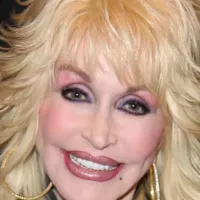
Dolly Parton is a highly successful American singer songwriter actress...
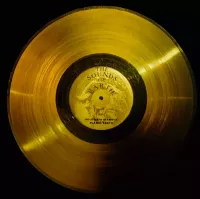
Music a cultural universal found in all human societies involves...
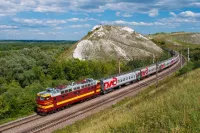
Trains are a connected series of vehicles traveling on railway...
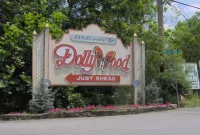
Dollywood is a theme park co-owned by Herschend and Dolly...
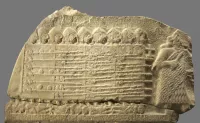
War is defined as an armed conflict involving the organized...
Trending
15 minutes ago Indonesian President's Request to Meet Trump's Son Eric Caught on Hot Mic

16 minutes ago Alex Eala Reaches Career-High Ranking, Prepares for Japan Open and Asian Tournaments
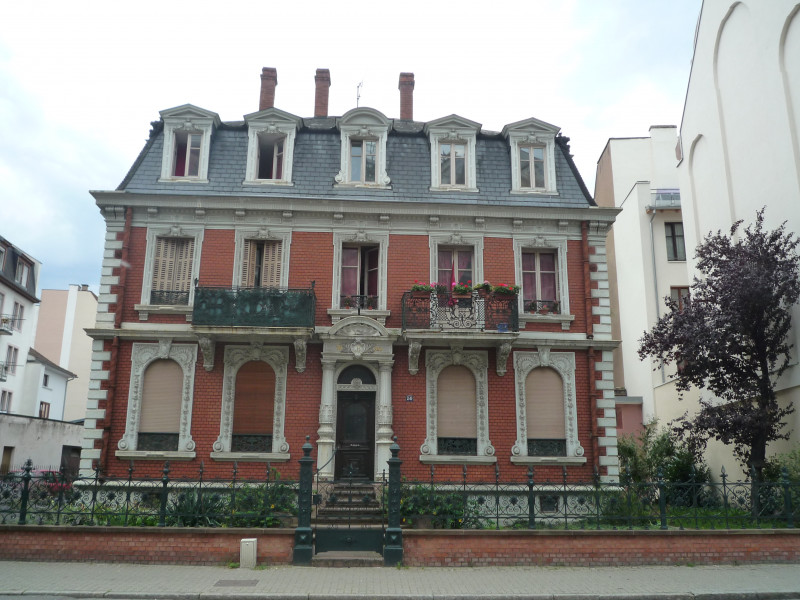
16 minutes ago Speaker Johnson Warns of Potential Prolonged US Government Shutdown, Cancels House Session
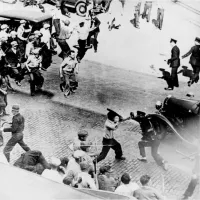
16 minutes ago Riot's 2XKO Showcases Warwick, Sparks League of Legends Nostalgia, and Features Courtney LaPlante Song
1 hour ago Powerful Storm Hits Tempe, Arizona: Power Outages and Displacement Reported October 13, 2025

1 hour ago Storm Causes Power Outage for Thousands in San Luis Obispo, California
Popular

Candace Owens is an American political commentator and author known...

Charlie Kirk is an American right-wing political activist entrepreneur and...

Greta Thunberg is a Swedish climate activist who gained international...

Adam Schiff is an American politician and lawyer currently serving...

Kashyap Pramod Patel is an American lawyer and former federal...
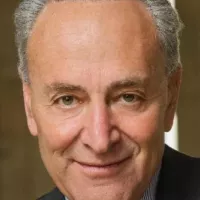
Chuck Schumer is the senior United States Senator from New...